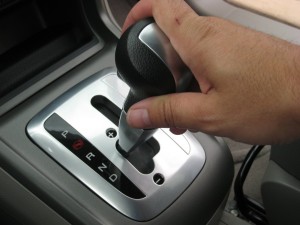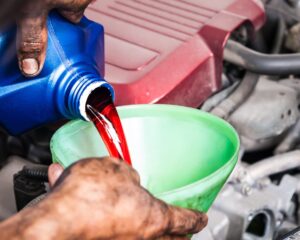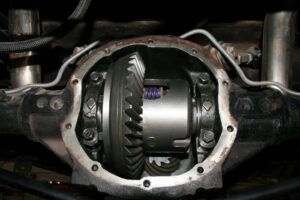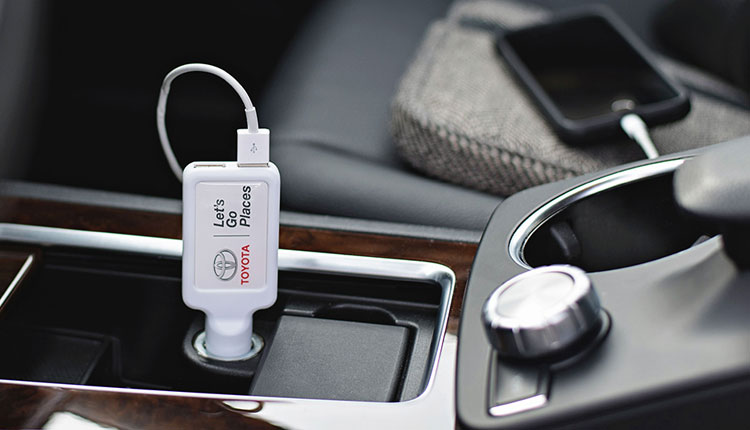A Brake Transmission Repair Company Can Fix An Array Of Vehicle Issues
How Can I Extend the Life of My Automatic Transmission?
Even though you may not be as actively shifting through gears as you would with a manual transmission, drivers with automatic transmissions need to pay attention to their transmission to ensure its longevity. One rule of thumb, according to Transmasters and A Automotive Services, is to have automatic transmission fluid changed every 15,000 miles or once a year. Here are some other tips to prolong the life of your automatic transmission:
Automatic Transmission Fluid should be changed every 15,000 miles or Once a Year
- Transmission Filter Along with automatic transmission fluid changes, the transmission filter should be changed at the same time if the filter is easily accessible.
- Do you do a lot of Towing or Driving through the Mountains? If so, A Automotive Services suggests having a transmission cooler installed. Towing and mountain driving puts more strain on the transmission, which causes more heat. Installing a transmission cooler can help.
- Take it Easy when the Transmission is Cold It is OK to drive your car without taking more than 30 to 60 seconds to warm it up just be sure to take it easy the first couple of miles. It easily takes 2 to 3 miles to get your transmission up to operating temperature.
- Come to a Complete Stop Before Changing Gears Transmasters suggests coming to a complete stop before shifting to reverse from drive or drive to reverse.

Transmission Maintenance tips
Automatic Transmission Maintenance
To help keep your automatic transmission working properly and dependable, we put together a list of maintenance to follow. Even if you already do a great job following recommendations for common car maintenances, you may not be familiar with the recommended maintenance for your automatic transmission. In this article, we will share a few tips on caring for your automatic transmission.
Check Transmission Fluid
Your transmission fluid is a good indication of the overall health of your transmission. Taking time to inspect your transmission fluid is well worth it. Low transmission fluid can lead to serious problems. So, be sure to be aware of leaking or low transmission fluid.
You can check your transmission fluid by removing the dipstick labeled ‘Transmission Fluid’, then reinserting to get an even more accurate reading. Examine the color of the fluid. It should be red or colored, not black. Black is an indication that the transmission fluid is burnt. The consistency should be milky, not muddy.
Transmission Flush
Just like changing transmission fluid is a must. Occasionally getting a professional flush for your transmission fluid is good maintenance too. Over time transmission fluid can build up and get old fluid gunk trapping in your transmission. A professional transmission flush helps to ensure the torque converter and cooler lines are cleaned out from the old fluid.

Avoid Heavy Towing
Heavy towing requires factory heavy-duty transmission parts, that includes shocks, springs, and cooling system. Heavy loads put a lot of stress on your vehicle, so if it is not made for heavy towing and can burn up your transmission fast. It is best to avoid heavy towing if your vehicle is not factory-made for heavy towing.
Cooling System Maintenance
The cooling system is vital for the health of your transmission and engine. Its main purpose is to prevent the engine from becoming too hot and to keep your transmission fluid cool. It keeps the transmission fluid at an ideal temperature when the vehicle is moving and shifting gears. To help prevent overheating, it is important to keep up with the maintenance of your cooling system.
Drive with Care
Be careful to not drive recklessly. Give your vehicle a minute or so to warm up before you drive out the parking lot or reverse from your garage. When you are quick to drive it can put unnecessary stress on your automatic transmission and engine.
The same goes for driving with your foot slightly on the brake. A small amount of pressure on your brake can strain your transmission and engine. Another helpful tip to keep your automatic transmission in good health is to bring your vehicle to a complete stop before switching from reverse to drive or from park to drive.

Overlooked services that can extend the life of your vehicle
Servicing your vehicle is usually the last thing on your mind. The daily grind of life tends to take all of your focus, so unless it is actively causing an issue, your vehicle’s maintenance schedule is out of sight, out of mind. The problem is that ignoring that schedule will eventually cause a failure, costing you more time and money that necessary. As the old saying goes, an ounce of prevention is worth a pound of cure.
While oil changes and tire service are the most common maintenance items, list of the most overlooked services that you should keep in mind the next time you change the oil.
Power steering service
This is one of those overlooked services that rarely comes up in a situation before it is too late. Over time, the fluid in your power steering system picks up dirty and moisture, clogging the steering components, eventually causing a failure. Adding a power steering fluid additive will help maintain your system’s function, as will a periodic flushing of the system.
Wheel alignment
How your wheels are aligned not only effects how the car handles, but also the life of your tires and suspension components. The alignment can fall out of adjustment from several factors, including component wear and potholes. Hitting a curb is a sure-fire way to jar the alignment as well. When the alignment is out, the car may pull to one side or the other, steer erratically, and may even dart across the lanes with just a small move of the wheel, making driving the car a perilous adventure. Not only have that, but even a slight mis-alignment leads to uneven and premature tire worn. An annual wheel alignment ensures that your wheels are pointed the right way.
Differential service
The differential is the component that transfers input from the transmission to the wheels. Some front wheel drive vehicles incorporate this into the transmission, but some have separate units, and all rear wheel drive vehicles have a rear differential. The rear axles an differential are housed in the rear end housing. Over time, the gear oil breaks down, reducing its viscosity and ability to properly lubricate the differential and wheel bearings. Additionally, the transfer case (for vehicles equipped with one) should be serviced at the same time as the differential. Most manufacturers have a set maintenance schedule for the differential and transfer case fluids.
Timing belt replacement
Not all vehicles have timing belts. DO NOT confuse this with the accessory drive belt, which drives all of the engine accessories such as the AC compressor, alternator and water pump. The timing belt connects the crankshaft to the camshaft(s). Some engines have external belts, while others use internal belts. Regardless of how they are accessed, these are incredibly important to the function of the engine. If the engine is what is known as an “interference” engine, a slipping or broken timing belt can not only keep the engine from running, but can destroy the internals of the engine itself as the valves and piston can collide. Each manufacturer has specific maintenance schedules for the timing belt, make sure you check your owner’s manual. If your odometer is showing 50-60,000 miles, you need to get your timing belt checked. This is one of the overlooked services that can really hit your wallet hard if you ignore it.
Transmission service
Leaving your transmission fluid unchecked for 100,000 miles it usually a recipe for disaster, so don’t let it go that long. Follow your manufacturer’s guidelines on transmission filter and fluid change, and be sure to check the fluid level at every oil change. Burnt or dark-colored fluid is a sign of an overheated transmission and continued use without servicing could lead to internal damage.




